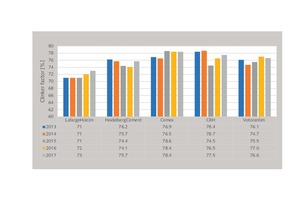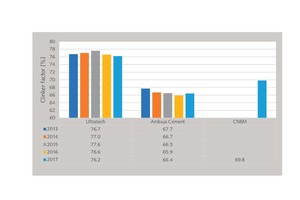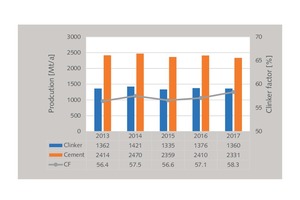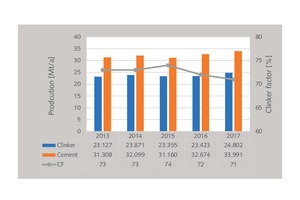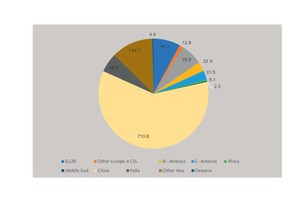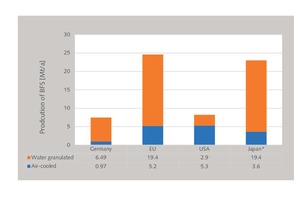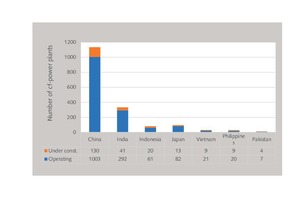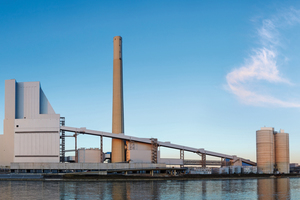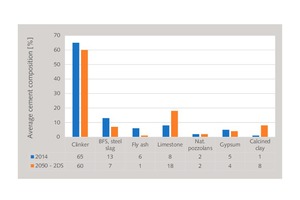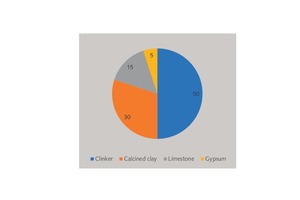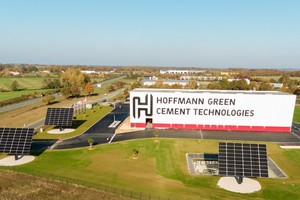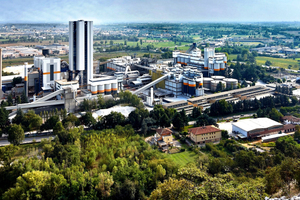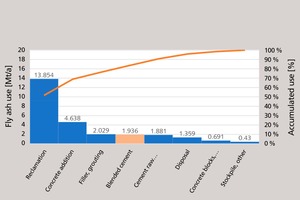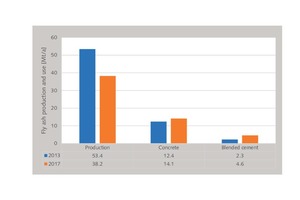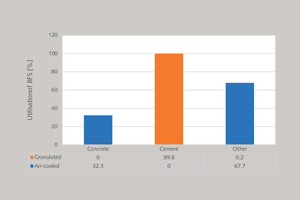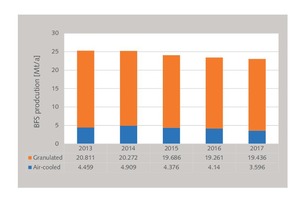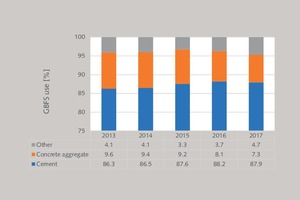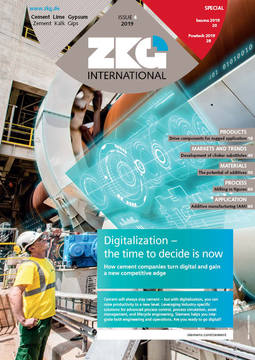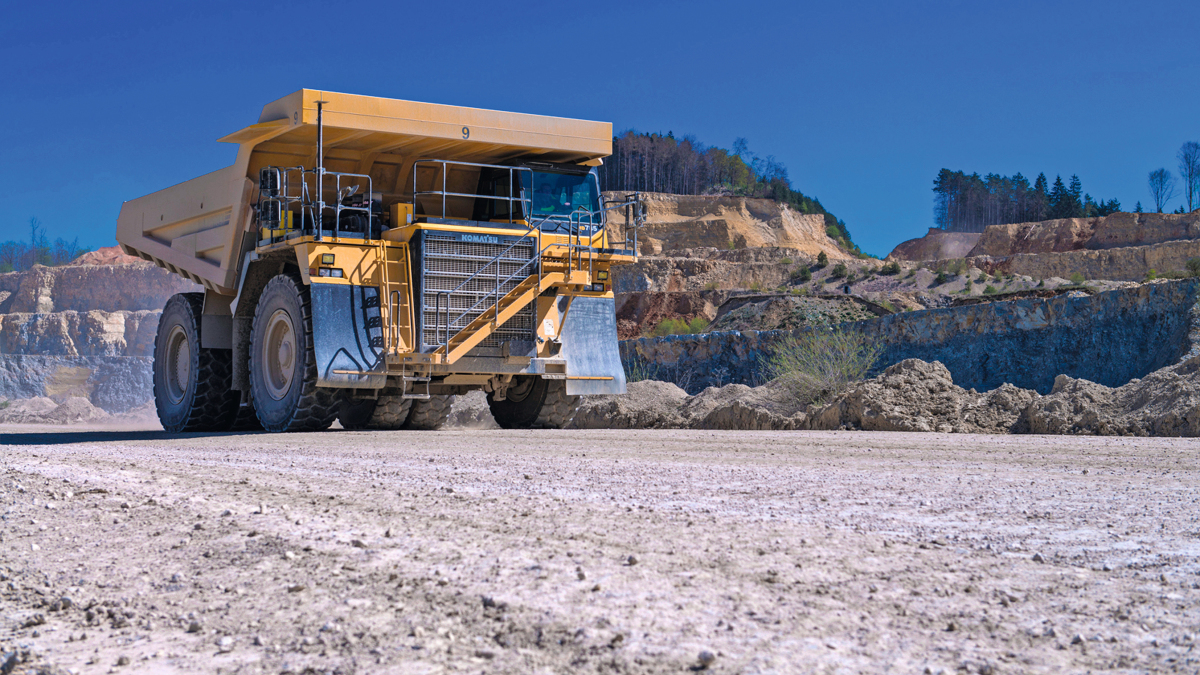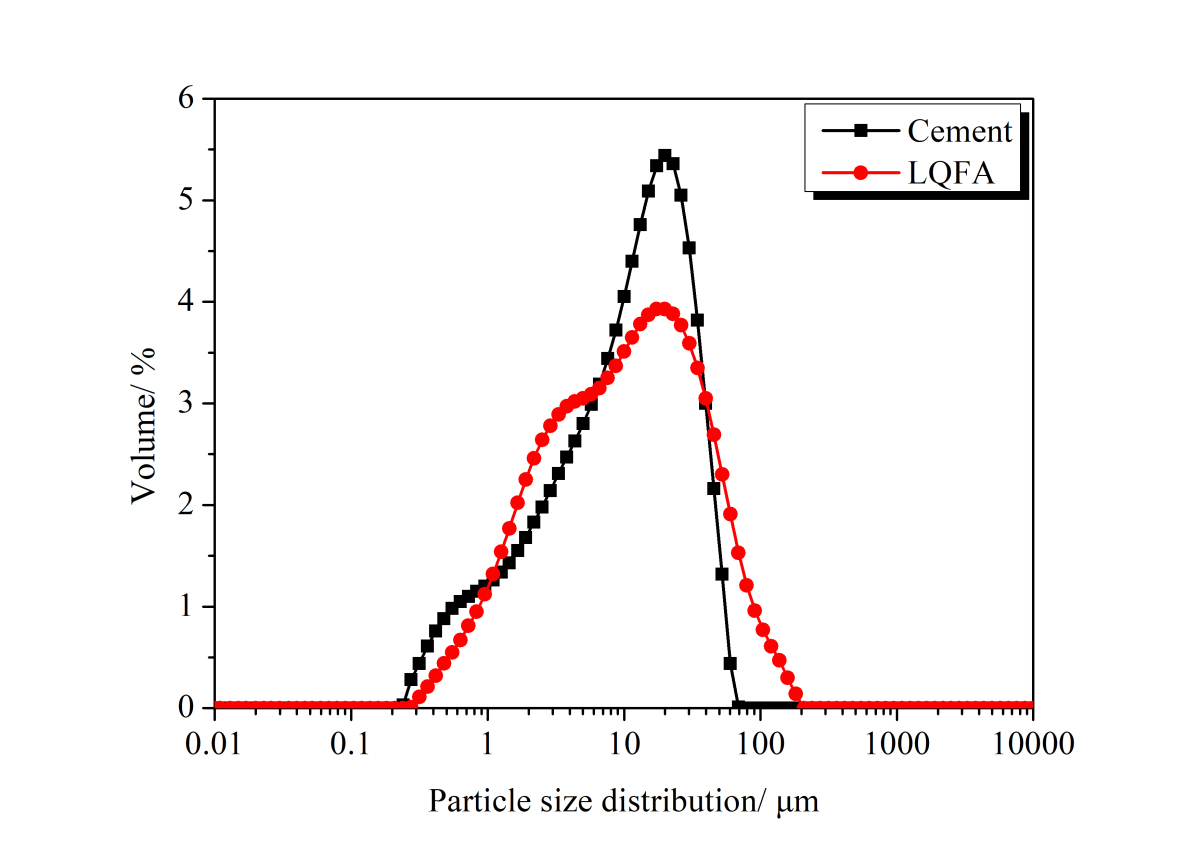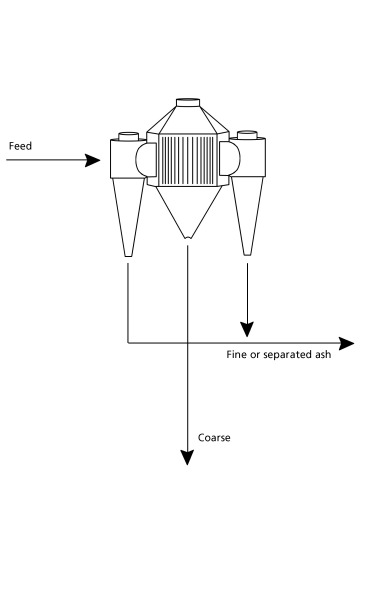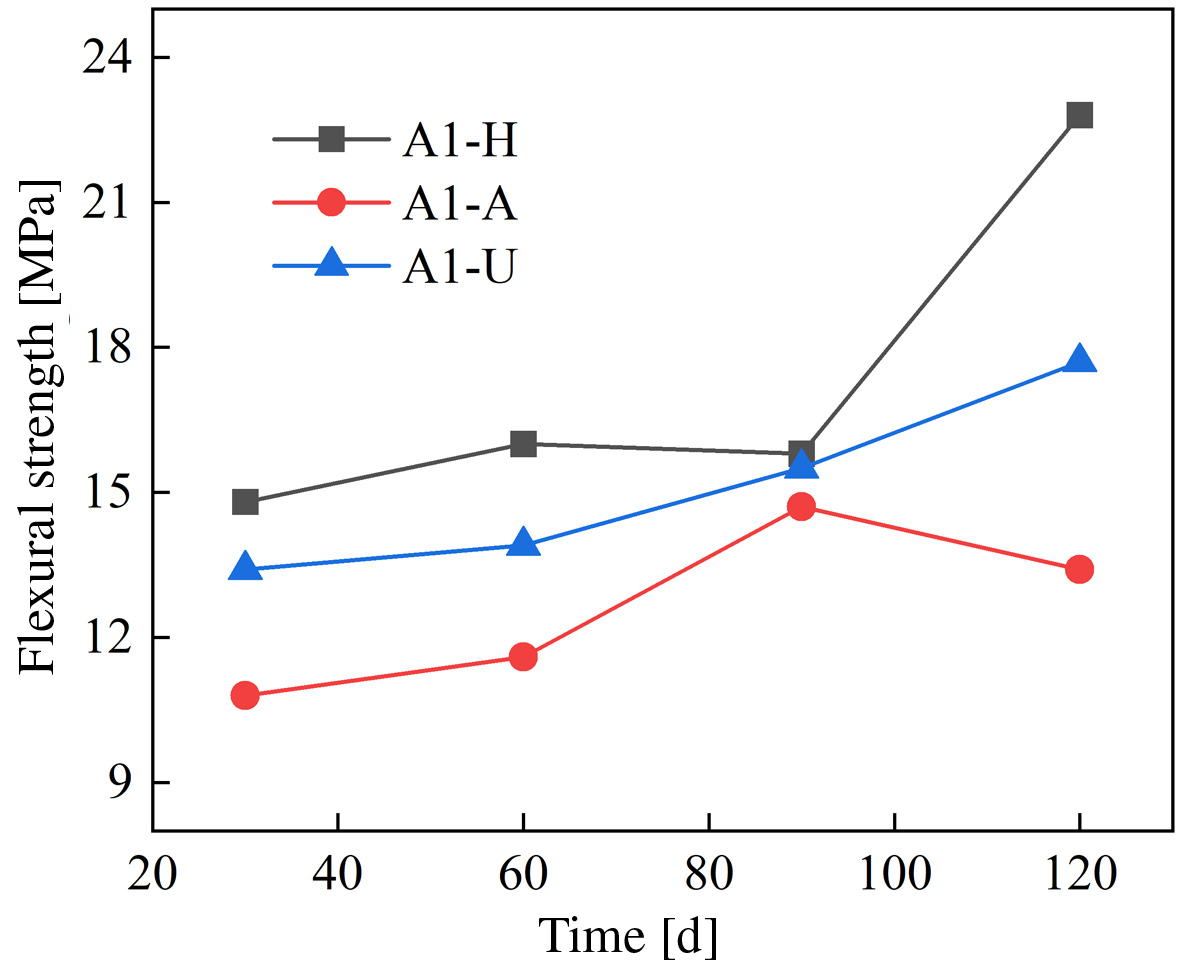Development of clinker substitutes
Globally, the clinker content in cement is in decline, driven by modern cement standards, higher market awareness and potential cost savings by producers. However, cement constituents such as fly ash or blast furnace slag (BFS) are also used directly in concrete and therefore compete as clinker substitutes in cement. This article provides new facts & data about this use and the importance of clinker substitutes, as well as highlighting the latest trends.
1 Introduction
Clinker is the main constituent of the majority of cements [1]. Possible clinker substitutes are gypsum, ground limestone, industrial by-products such as fly ash and ground granulated BFS (GGBFS), natural (volcanic) pozzolans, calcined clay (metakaolin, LC3) and other supplementary cementitious materials (SCM). According to a technology roadmap by the International Energy Agency (IEA) together with the Cement Sustainability Initiative (CSI) of the World Business Council for Sustainable Development (WBCSD), the global clinker content in cement (clinker factor = CF) stood at 65 %...


